Anglican
What is Anglicanism?
Where’s Waldo? - The Mission Abbey has 15 clergy in this 2019 ADOTS Clergy photo! Can you find them?
Good question. Anglicanism is actually the third largest Christian tradition worldwide (After the Roman Catholic and Eastern Orthodox traditions), involving more than 90 million people. With roots emerging as far back as the first or second centuries in the Celtic Isles, this British expression is also one of the oldest Christian traditions. From the seventh through the fifteenth centuries, the English Church came under the authority of the Church of Rome (Roman Catholicism). In the fourteenth century, many of the most influential English clergymen began questioning some of the newer theological positions and decisions of the Roman Church. Then, in the sixteenth century, English clergymen opted to utilize a political rift between the Pope in Rome and the King of England as a means to establish independence for the Church of England. So, in 1534 the Anglican Church was formally born.
Over these last nearly five hundred years, the Anglican tradition has spread all over the world. In Africa, the Anglican Church has flourished. In recent history, the Church in Rwanda has experienced spiritual awakening. This renewal came about as the Church in Rwanda boldly sought to become an instrument of reconciliation in the wake of the devastating genocide of 1994. As these believers began experiencing God in tremendous new ways, they couldn’t help but notice the crisis of faith taking place in our Western world. In the year 2000, the Archbishop of Rwanda took unprecedented measures by establishing the Anglican Mission. As a direct result of that commission from Rwanda, the Mission is one of hundreds of communities of faith that were established in the Americas in the 2000’s. Eventually the AMiA helped establish the Anglican Church in North America, ...and today the Mission Chattanooga is a member of the ACNA in the Anglican Diocese of the South (ADOTS).
What does this all mean? It means that as we come together each week in worship, we find that we are a part of a very old story. It is the story of a faith established long ago in a city called Jerusalem, in the ancient Near East. That faith was then handed to the Celtic people in the British Isles some 1800-1900 years ago. After hundreds of years developing autonomously, that faith was placed under the authority and cultivation of Rome. Nearly 500 years ago, after the English Church was made independent once again, that faith was exported on ships all over the world. It eventually landed in Africa and began to grow. Finally, in a historic turn, that faith was sent back to the West from Africa in the year 2000.
Liturgy
In simplest terms, liturgy is a form according to which public worship is carried out. It is the repetition of certain elements within a service (i.e. call and response prayers, confession). We believe that liturgy can be likened to habits, and habits shape and form us. Habits reveal what we truly love and what end we are working toward in our lives. For that reason, we believe liturgy has the power to reorient, redirect, and reshape our hearts and lives so that they are moving toward Christ. Rather than viewing liturgy as dry, bland, or monotonous, we view liturgy as life-giving and enriching to our faith.

